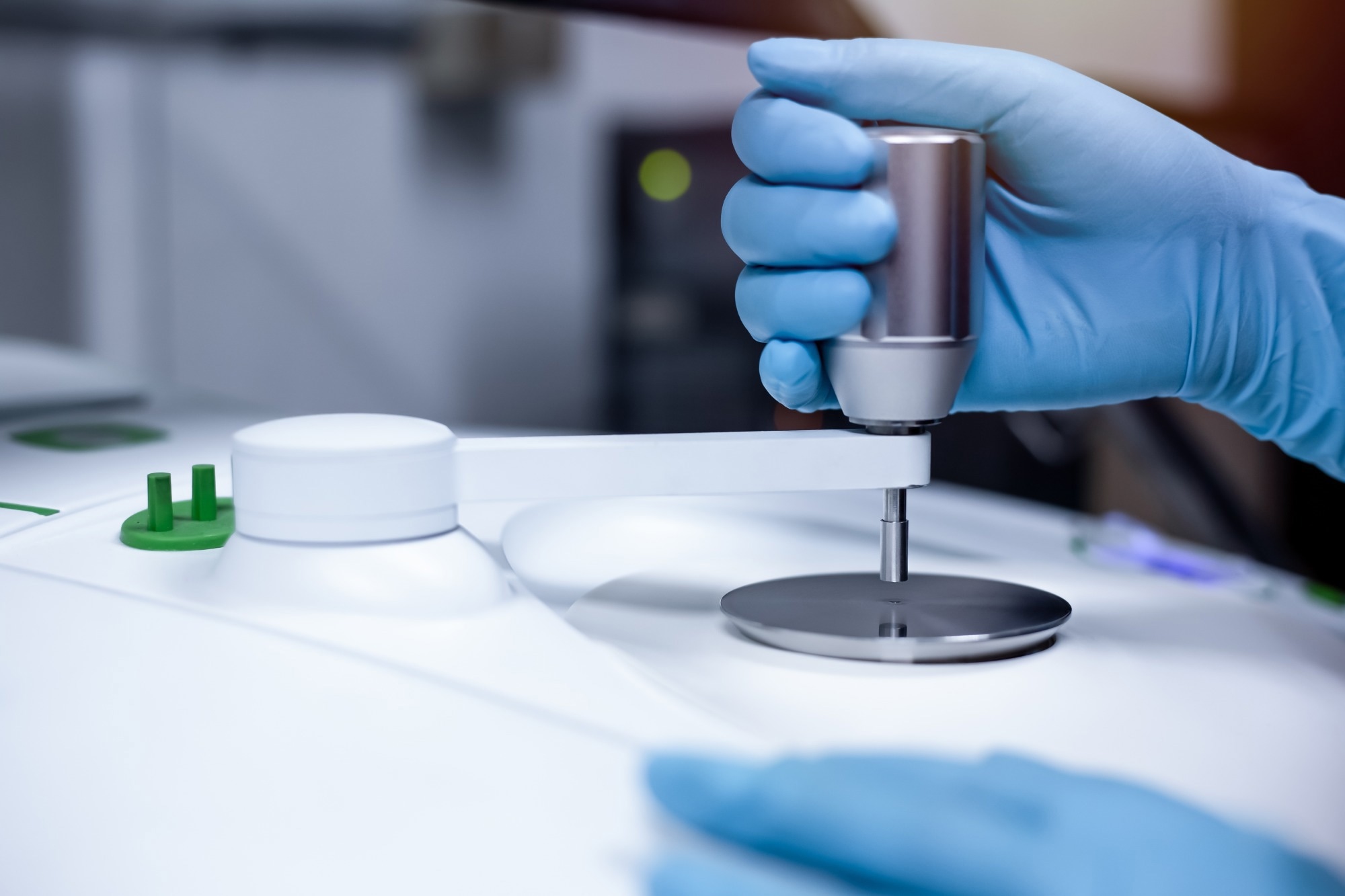Enhancing Hydrogen Evolution: Modifying COF Surface Charge for Improved Photocatalysis
Key Ideas
- Researchers explored altering COF surface charge to improve platinum photodeposition and hydrogen evolution.
- Thiophene-based COFs with amide linkages showed a 300% increase in hydrogen evolution rate compared to imine-linked variants.
- Shift in electrostatics affected Pt deposition, particle sizes, hydrophilicity, and overall photocatalytic performance.
- Potential applications include enhancing energy conversion, CO₂ reduction, and customizing catalysts for specific goals.
The study published in Small delves into how modifying the surface charge of covalent organic frameworks (COFs) can impact platinum (Pt) photodeposition and photocatalytic hydrogen evolution. By converting imine linkages to amide linkages through Pinnick oxidation, significant improvements in photocatalytic performance were achieved. The alteration in surface charge not only influenced the protonation properties but also had a profound effect on Pt deposition and catalytic behavior.
The research highlighted that the shift from imine to amide linkages in the COFs led to a remarkable enhancement in hydrogen evolution rates. The study's findings indicated a 300% increase in the hydrogen evolution rate for the Amide-BDT-ETTA COF compared to the Imine-BDT-ETTA variant. This improvement was attributed to various factors such as changes in electrostatics, Pt nanoparticle sizes, hydrophilicity, and light absorption efficiency.
Moreover, the investigation showcased that the surface charge modulation not only affected Pt deposition but also impacted the particle sizes of Pt nanoparticles. The imine-linked COF favored the creation of smaller Pt nanoparticles, while the amide-linked COF resulted in larger particles. Despite the larger particle size potentially hindering electron mobility, they were found to enhance the kinetics of the Volmer step in hydrogen evolution.
The study emphasized the broader implications of this research in sustainable energy and photocatalysis. By showcasing the controllable nature of COF catalytic behavior through surface charge manipulation, the findings offer insights into customizing catalysts for specific applications beyond hydrogen evolution. The research suggests that similar electrostatic tuning approaches could be extended to other photocatalytic processes like CO₂ reduction and environmental pollutant degradation.
In conclusion, the study underscores the crucial role of surface charge modification in tailoring the photocatalytic properties of COF-based systems for hydrogen evolution. Future directions in the field could explore diverse linkage types, charge-transfer pathways, and functional group modifications to further enhance the efficiency and versatility of these materials in energy conversion, carbon capture, and environmental remediation.
Topics
Production
Clean Energy
Materials Science
Photocatalysis
COFs
Catalytic Performance
Surface Chemistry
Environmental Applications
Electrostatic Tuning
Latest News
